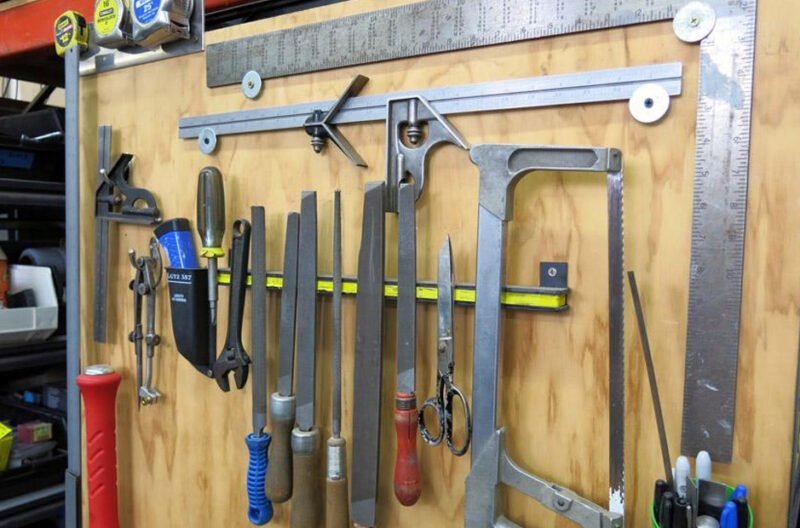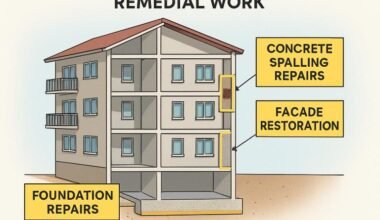Metalworking involves the use of various tools, including grinders, welding tables, drills, saws, and other specialized equipment. The tools feature unique dimensions and technologies, and come in both new and used options. Whether you need to cut large metal blocks or join individual pieces to form complex components, you’ll require specialized metalworking equipment. Here are a few options you should have in your workshop:
Metal Cutting Tools
Metalworkers use various cutting tools, including abrasive and horizontal saws, cylindrical grinders, metal shears, and radial drills. Cylindrical grinders provide versatile precision machines that can be used to cut, shape, or polish metal surfaces. They accurately grind internal and external parts to exact dimensions, making them useful in both manufacturing and repairs.
Horizontal saws are ideal for making straight, precise cuts when reducing the length of bars, rods, or pipes, while drill presses punch holes into metals. Several types of modern metalworking equipment used in industrial and workshop settings rely on electricity, but you can also find options that use batteries. Other types of cutting equipment include:
- Abrasive saws: These tools use a high-speed rotating disc to cut hard metals
- Cold saws: Feature toothed blades and coolant to make clean, heat-free cuts
- Tilt frame saws: They enable the user to pivot the blade frame for angled cuts
- Vertical saws: These saws have upright blades suitable for intricate curves and shapes
Metal Shaping Equipment
Forming and shaping tools feature tables and benches that provide a stable surface with secure clamps for holding workpieces. This category also includes specialty tools, such as press brakes, rolls, roll forms, and lathes. Press brakes bend sheets and plates into the desired shape, while rolls, especially angle bending options, form metals into cylinders and curves. Roll forms help create consistent, repetitive shapes for storage or production runs.
Metalworking machinery suppliers also offer arbor and H-frame presses, which use controlled force to shape, bend, and assemble workpieces. They also offer lathes that facilitate turning and shaping metal workpieces. As an ironworker, efficient shaping and forming may involve combining various techniques, such as punching and shearing. You can also use surface grinders to achieve smooth edges and sanders to remove imperfections, preparing the surface for the finishing processes.
Metal Drilling Machinery
Drilling equipment and machinery extend the applications of metal components by creating precise holes, slots, or openings required for assembly. This category features drill presses, such as radial and magnetic drills, which provide stability and support accurate drilling through various metal workpieces. The tools support various bit sizes, enabling metalworkers to work on custom projects. Lathes can also be equipped with drilling attachments to bore precise, centered holes in cylindrical workpieces.
If the drilled holes require threading or other internal or external elements, you can use tabs and dies. Punches also work in conjunction with drilling machines to produce clean holes quickly, especially when fabricating thick metal blocks. CNC fabrication machinery is another piece of drilling equipment that offers high precision and automated hole placement in complex pieces.
Metal Welding Equipment
Joining individual metal pieces is another common metalworking technique that requires specialized tools and equipment. Metalworkers utilize welding tables and machines to create strong, durable connections using various filler materials, including welding rods and wires. These fillers melt and fuse with the base material, creating permanent bonds in structural frames.
High-voltage gas welding machines are used for more complex projects, such as fabricating heavy structural components. Other joining tools include riveters, which install rivets in sheet metal assemblies to create secure connections in enclosures and panels. After welding and riveting, the metal workpiece may require surface grinding to remove excess filler material and smooth the joints.
Material Handling Machinery
Metalworking often requires specialized material handling equipment to safely move and position heavy or bulky stock. Material handling tools include cranes and hoists used for lifting bulky components, as well as forklifts that transport materials throughout your workshop. You can use Vidmar cabinets and other storage solutions to organize materials. Sheet metal handling machinery and tube and bar equipment also help position work stock correctly for cutting and forming. Using proper material handling tools reduces the likelihood of injuries and material damage resulting from slips and falls. These tools may also help improve workflow efficiency.
Find High-Quality Metalworking Equipment Today
Fabricating and manipulating metal workpieces require various types of equipment, depending on the specific task at hand. Suppliers offer a range of new and used machinery, as well as options to rent specific equipment. Speak to a machinery supplier today to find out more about their metalworking equipment.






